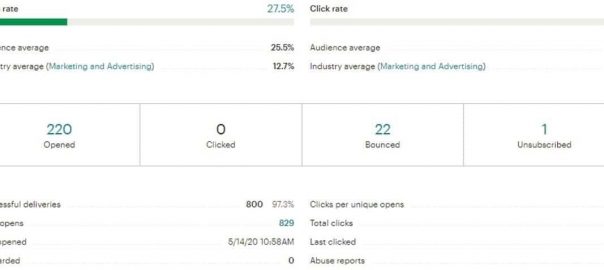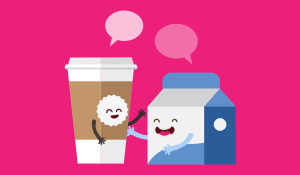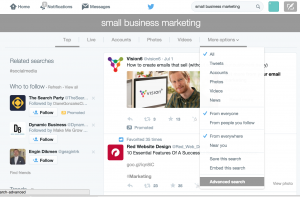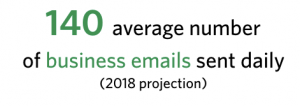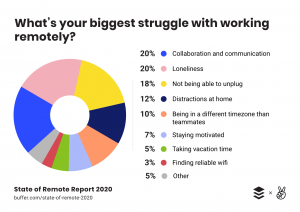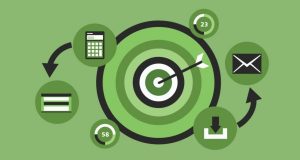Email widened its lead as the most effective digital channel this year when shoppers switched from in-store shopping to ecommerce and open and click rates ticked up. But higher list attrition rates and more inbox filtering are keeping many messages out of the inbox where they work their ROI magic.
Why Email Matters More Now
Retail began to recover in late spring, but both ecommerce and charitable fundraising took big hits. For charities, it was a double whammy – many had to cancel in-person events with their donor bases at a time when their services were most needed.
On a more positive note, many email senders were able to adapt their messaging to stay in touch with their customers and donors. They tapped into email’s strengths for communication and education to remain connected with supporters until their doors opened again.
Email Data Hygiene Makes The Difference…
As we noted, you won’t succeed with email if you can’t reach your subscribers’ inboxes.
Unfortunately, bad email addresses can get in the way. They come from outside your database when people accidentally or deliberately make typos or use disposable or fake emails. But they’re also a time bomb inside your database because good addresses can decay, becoming outdated and even putting your deliverability at risk from spamtraps.
Email data hygiene can help you identify these issues before they cause problems and then go upstream to discover the sources that brought them into your environment. You’ll boost deliverability and drive the positive engagement and revenue your company needs to thrive.
…And It Matters Even More Today
Email data hygiene has become even more crucial than it was just a few months ago. Obviously, the stakes have never been higher. If you ramped up your sending volume and reached deeper into your files to reach as many customers as possible and maximize your campaign reach and impact, you aren’t alone.
But this opens the door to dangerous email addresses that can damage to your email program almost beyond repair. To make things even tougher, bad addresses are on the rise:
- We process billions of email addresses each year. Our processing stats for Q1 shows some key categories like invalids, bogus, and disposables rose at an alarming rate. Not good!
- Inbox filtering is a growing concern for marketers because of the massive increase in sending volume since March. That’s yet another reason you must focus on the quality, not the quantity of email addresses in your sends.
Besides these deliverability issues, more bounces mean higher email list attrition rates for marketers.
List Attrition: The Obvious And Hidden Costs
Attrition is a problem because it happens at such a high rate. Email lists decay at an average rate of 22.5% to 30% every year. FreshAddress saw invalids surge 37.8% from Q1 2019 to Q1 2020.
Besides the deliverability problems that can result when a high percentage of your campaigns bounce at key ISPs, attrition takes a big bite out of your acquisition budget. After all, you’re spending money to acquire addresses when you offer incentives for opting in.
Plus, each email address has a monetary value. Even if it’s as low as 50 cents per subscriber, it can add up quickly if you have to replace one-third or more of your list every year.
5 Steps To Get Attrition Under Control
We won’t kid you – there’s no one button you can push to get your email database in order. But the work you put now to reduce attrition will pay off quickly as we move into the all-important holiday shopping season and then on into 2021.
These five steps can help you get there:
1. Know your audience.
Get as much data as you can so that you know what your customers want from your brand and how they interact with your email.
- Offer a preference center – and make it easy for subscribers to use.
- Add short surveys and polls to your emails to find out what’s on their minds. Maintain consistency in your email frequency and cadence.
- Out of sight is out of mind!
2. Watch activity like a hawk.
Does this look familiar? It’s a post-delivery campaign report from an ESP. Your own dashboard might look a little different, but it tells you what you need to know about your campaign activity metrics. Check it during and after you send a campaign and track results to see if they’re trending up or down.
New for 2020: Redefining engagement. The mass layoffs and unemployment during the pandemic mean many job-related email addresses are either temporarily or permanently invalid. It might be time to redefine inactivity and to shorten the window you use before launching a reactivation program or removing nonresponding addresses.
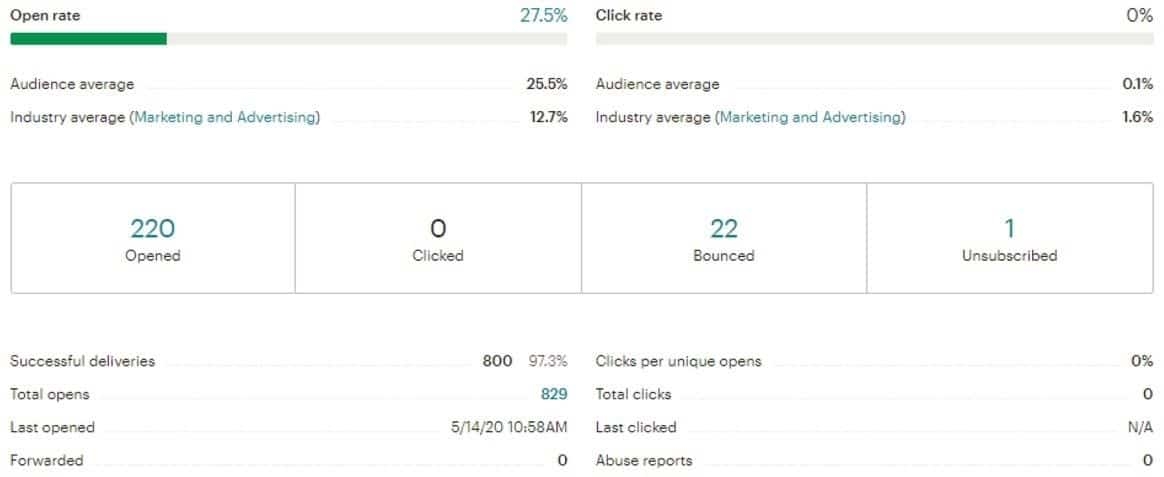
3. Don’t be afraid to say, “So long!”
So you sent your nonresponders a sweet final offer and all you got was crickets? If you can tell that your long-term sleepers have no activity associated with their email addresses (like browsing or purchases, or clicks even without opens recorded), cut them loose.
4. Reconnect with ECOA.
When is an inactive email address not really inactive? When your messages get routed to the spam folder without your knowledge, or a subscriber changed email providers and didn’t update you. (Maybe you made it too difficult?).
Email change of address, when done responsibly, can help you reconnect with those subscribers who fell off the radar but are still interested in your brand. You’ll maximize your deliverability while reducing your acquisition and marketing costs.
5. Get creative!
Give your customers plenty of reasons to open and act on your emails. Invest in attractive, up-to-date templates, and vary your messages so they see more than a constant drumbeat to buy, buy, buy.
Wrapping up
Email matters more than ever today, but it works only if your messages reach the inbox. Bad email addresses – invalids, disposables, fakes and other bad actors – get in your way, and you must deal with them swiftly and effectively before the high-volume holiday shopping season gets under way.
Digital & Social Articles on Business 2 Community
(59)
Report Post